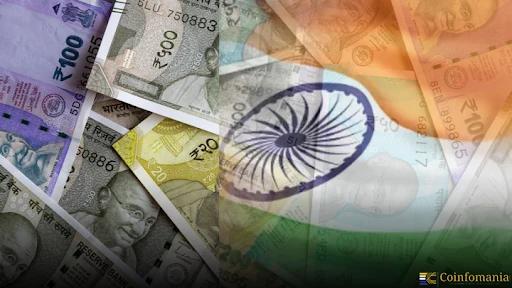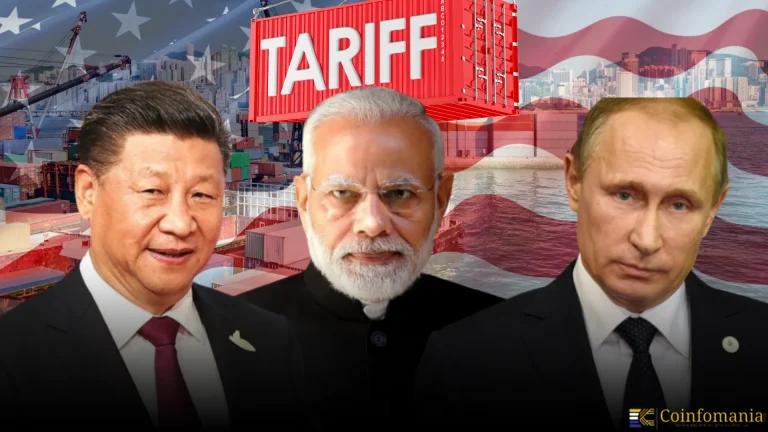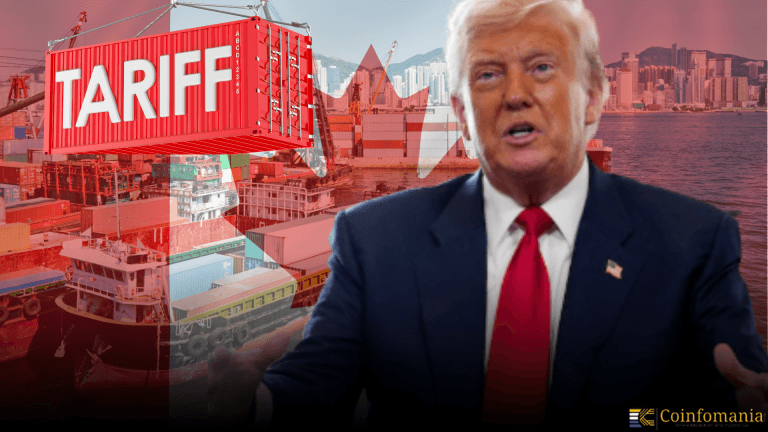India Allows Global Trade Payments in Rupees to Reduce Dollar Use
India expands Rupee trade settlements with 30 nations, cutting dollar reliance, lowering costs in global trade.

Quick Take
Summary is AI generated, newsroom reviewed.
India expands Rupee trade settlements, reducing dependency on the US dollar.
156 Vostro accounts now enable trade with 30 partner countries.
Rupee settlement lowers conversion costs and shields exporters from currency swings.
The system supports trade during sanctions and foreign currency shortages effectively.
Russia invests its Rupee surpluses into Indian bonds, infrastructure, and equities.
India’s move to enable global trade payments in Rupees has evolved from a cautious experiment into a functional, scalable system with clear economic impact. The Reserve Bank of India first introduced the framework back in July 2022, but it was the regulatory changes in August 2025 that truly opened the door for faster adoption. Banks no longer need prior central bank approval to open Special Rupee Vostro Accounts for foreign counterparts. It has removed one of the biggest operational hurdles.
Russia to Lanka Using the Rupee
Currently, there are 156 operational Vostro accounts spread across 26 Indian banks, opened by 123 correspondent banks from 30 partner countries. Participation is broad, from large trade partners like Russia and Bangladesh to smaller economies such as Guyana, Seychelles, and Fiji. Some relationships go deeper through formal bilateral currency settlement frameworks. For example, India has direct Rupee-Dirham trade with the UAE, a Rupee-based system with the Maldives, and a dedicated arrangement with Indonesia. It also has a bilateral Rupee trade agreement with Bangladesh that began in 2023.
Settling in Rupees removes the need for dual currency conversions, lowering transaction costs. It protects exporters from big swings in currency value and lowers dependence on the US dollar. If used carefully, it can help in global currency exchanges. Those cases may include times when global currency markets are unstable. They may also happen when payment channels are under pressure from a trade war. The system also enables trade that might otherwise stall due to sanctions. Imports of discounted Russian oil paid in Rupees have saved Indian companies roughly $13 billion over the past two years, through the financial value of this shift.
The framework has also revealed its adaptability in crises. Sri Lanka, facing severe dollar shortages during its economic meltdown, authorized the Rupee as a designated foreign currency to keep its trade with India flowing. Eight Vostro accounts were opened specifically to facilitate these transactions. Russia’s case illustrated another challenge. Large Rupee surpluses parked in its accounts had limited utility at first. By the end of the year, those funds were being invested in Indian government bonds, infrastructure, and equities, effectively recycling them into the economy.
Why Rupee Trade Matters Now
What stands out is India’s deliberate positioning. Even as BRICS leaders debate ways to reduce reliance on the US Dollar, New Delhi avoids framing the Rupee settlement system as part of a de-dollarization push. External Affairs Minister S. Jaishankar has consistently described the US Dollar as a source of global financial stability. This signals a strategic balancing act expanding currency settlement choices while maintaining access to Western capital, technology, and markets.
The RBI is working to extend the Indian Financial Network (Infinet) to international participants, which would allow for secure, direct transfers through Vostro accounts. Banks are being actively encouraged to promote Rupee settlement options to exporters and importers. So, adoption rates could rise significantly in the next phase.
The aftereffects of the Trump Tariff era are still influencing global trade flows. There is also a continuing risk that a trade war could disrupt established payment systems. Being able to settle in Rupees provides a practical safeguard. It lowers the risk from changes in other countries’ monetary policies and helps manage foreign exchange reserves better. It also gives a way to deal with sanctions or shortages of cash in global markets. It is a practical diversification strategy that is becoming more popular in many parts of the world. Keeping the dollar at bay keeps India closely connected to the global financial system.
Follow us on Google News
Get the latest crypto insights and updates.
Related Posts

South Korea and Vietnam eye $150B trade despite Trump tariff
Shweta Chakrawarty
Author

Is U.S. Tariff Heat Bringing Russia, India, China Back Together?
Shweta Chakrawarty
Author

Canada Faces 35 Percent Tariff as Trump Expands Trade Pressure
Shweta Chakrawarty
Author